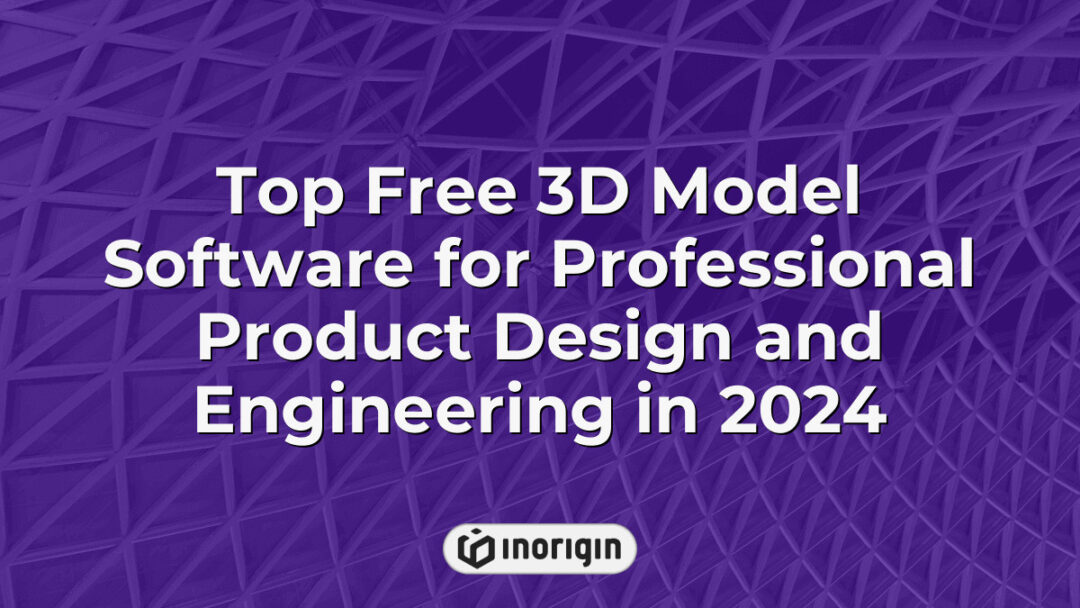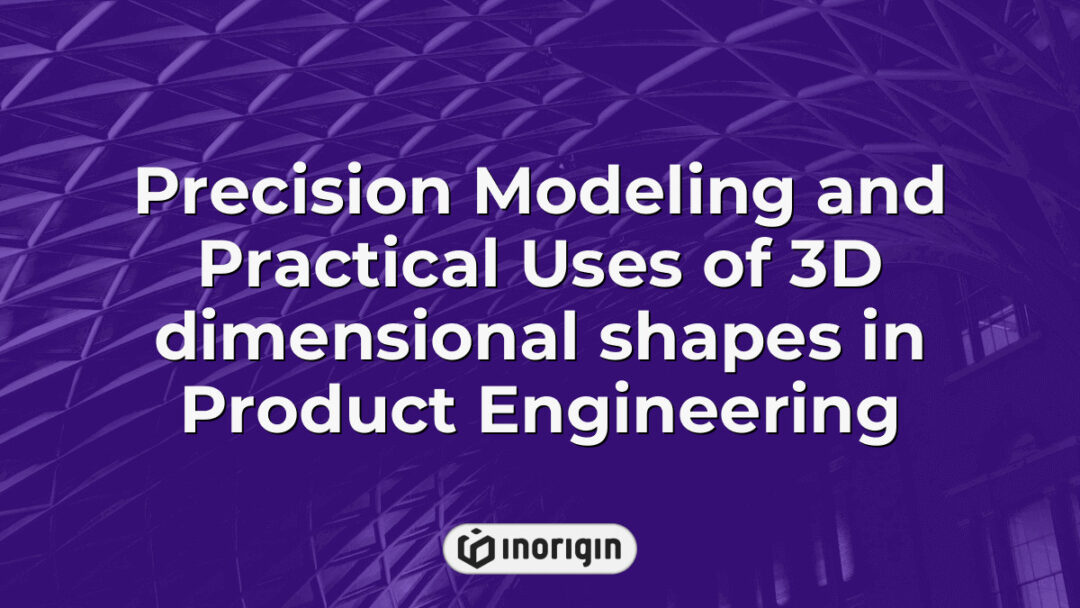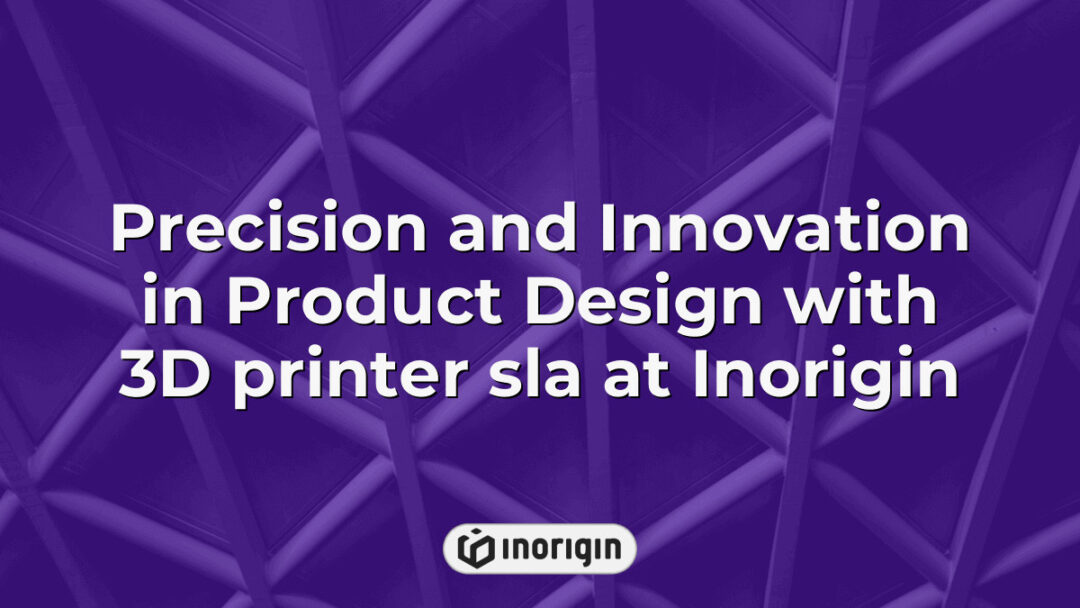The dynamic landscape of digital design has transformed significantly with the advent of free 3D model software, empowering creators from various disciplines to explore and innovate without financial constraints. This burgeoning array of tools not only democratizes access to advanced modeling capabilities but also fosters a collaborative environment where creativity can flourish unhindered by cost barriers. As industries ranging from gaming to architecture increasingly integrate three-dimensional elements into their workflows, understanding the features and benefits of these free resources becomes essential for both budding designers and seasoned professionals alike. Consequently, this article aims to dissect the most prominent free 3D model software available today, examining their functionalities, usability, and potential impact on future design practices.
| Aspect | Key Takeaway |
|---|---|
| Accessibility | Free 3D model software provides unrestricted access to professional-grade tools, enabling creators in fields like product design and engineering to innovate without cost barriers. |
| User-Friendly Options | Platforms such as Tinkercad and SketchUp Free offer intuitive interfaces, making them ideal for newcomers to quickly develop essential 3D modeling skills. |
| Advanced Features | Blender and similar software support complex modeling techniques including sculpting, rigging, and parametric design, suited for experienced professionals demanding versatility. |
| Open Source vs. Proprietary | Open-source software fosters customization and community-driven enhancements, while proprietary options often excel in stability and dedicated support. |
| Learning Resources | Extensive tutorials, forums, and official documentation provide vital support for mastering free 3D modeling software at all proficiency levels. |
| Hardware Requirements | Optimized use requires multi-core CPUs, sufficient RAM, and capable GPUs, ensuring smooth performance for detailed 3D rendering and simulation tasks. |
| Commercial Use | Reviewing licensing terms carefully is essential before applying free 3D model software in commercial projects to ensure compliance and protect intellectual property. |
Top Free 3D Modeling Software Options
An estimated 80% of professional designers have utilized free 3D modeling software at some point in their careers, highlighting the substantial impact these tools can have on design accessibility and creativity across various industries. Numerous options are available that cater to different levels of expertise, making d modeling increasingly approachable for beginners while still providing robust features for seasoned professionals. Among the notable free online platforms is Blender, which offers a comprehensive suite of functionalities including sculpting, rigging, and rendering, thus allowing users to execute complex projects without incurring costs. Additionally, Tinkercad stands out as an excellent option for novices due to its user-friendly interface and guided tutorials designed to foster familiarity with fundamental concepts of 3D design. Furthermore, SketchUp Free remains a favored choice within educational settings, promoting collaborative efforts through its web-based structure that enables easy sharing and interaction among students and educators alike. Ultimately, the proliferation of high-quality free 3D modeling software signifies a democratization of design resources, empowering individuals to explore their creative potentials irrespective of financial constraints.
Comparing Features And Capabilities
When evaluating free 3D modeling software, a detailed comparison of features and capabilities reveals significant differences that may affect user experience and output quality. Notably, various options cater to distinct user needs—ranging from professional-grade tools suitable for advanced users to beginner-friendly applications aimed at novices in the field of 3D modeling. Furthermore, individuals should assess the following aspects when choosing appropriate modeling tools:
- User Interface Design
- Intuitive layout
- Customizable workspace
- Accessibility for new users
Feature Set
- Range of available modeling techniques (e.g., sculpting, extrusion)
- Support for different file formats
- Integration with other software platforms
Learning Resources
- Availability of tutorials and community support
- Documentation comprehensiveness
- Active forums or discussion groups
Overall, whether prioritizing usability or specific feature sets, an informed choice among these free 3D modeling software alternatives can significantly enhance one’s capability to create diverse models while also accommodating varied proficiency levels within the realm of digital design.
User-Friendly Software For Beginners
User-friendly software for beginners serves as a critical entry point into the realm of 3D modeling, fostering the development of essential design skills among novices. According to recent surveys, approximately 70% of new users in the field of digital design express difficulty when engaging with complex modeling tools; thus, simplifying user interfaces has become increasingly important. Several software applications distinguish themselves by offering intuitive controls and extensive educational resources tailored specifically for beginners. Notably, platforms such as Blender and SketchUp provide an accessible learning curve while maintaining robust functionality, enabling users to produce professional-quality designs without overwhelming complexity. Furthermore, incorporating community forums and tutorial libraries enhances the overall user experience, facilitating peer support and knowledge sharing. Therefore, selecting the best tool that aligns with beginner requirements can significantly influence one’s proficiency in 3D modeling over time.
Advanced Tools For Experienced Designers
The perception that advanced 3D modeling tools are exclusively suited to seasoned professionals is a common misconception; however, accessibility and functionality have evolved significantly in recent years. Numerous free 3D model software options available today cater to experienced designers by offering sophisticated features without the prohibitive costs of traditional applications. Such software empowers users to harness their creativity effectively while accommodating complex design needs. Key aspects of these advanced tools include:
- Parametric design capabilities allowing for intuitive editing.
- Powerful online CAD integration fostering collaboration among teams and clients.
- Support for various file formats, enhancing compatibility with existing projects.
- A comprehensive library of textures and materials to enrich visual output.
- Extensive customization possibilities enabling tailored workflows.
These features facilitate a robust environment for intricate project demands, thereby augmenting the creative process. Moreover, the incorporation of parametric tools within these platforms enables highly adaptable designs that resonate well with contemporary practice standards. As such, designers can engage in innovative experimentation without being constrained by resource limitations typically associated with specialized software suites. By leveraging digital resources adeptly, experienced designers are positioned to capitalize on evolving technologies that redefine industry benchmarks in 3D modeling efficiency and effectiveness.
Open Source Vs. Proprietary Software
The distinction between open source and proprietary software is a critical consideration in the realm of 3D modeling and design. Open-source software typically provides users with unrestricted access to its source code, enabling customization and collaborative improvements by a community of developers. This characteristic fosters innovation and flexibility, as designers can tailor tools to meet specific needs within their projects. Conversely, proprietary software usually offers robust features backed by dedicated support teams but comes at a cost that may hinder accessibility for some users. Notably, while proprietary platforms often excel in stability and integration with other commercial applications, they restrict user modification, thereby limiting creative freedom in modeling efforts. As such, choosing between these two types of software necessitates an evaluation of factors including budget constraints, project requirements, and desired levels of customization in the design process. Ultimately, the decision will influence not only the workflow efficiency but also the overall quality of outcomes produced through digital sculpting endeavors.
Frequently Asked Questions
What Type Of Hardware Specifications Do I Need To Run Free 3D Modeling Software Effectively?
The effective operation of free 3D modeling software necessitates careful consideration of hardware specifications, akin to constructing a robust foundation for a house. First and foremost, the central processing unit (CPU) serves as the brain of the computer, where multi-core processors are recommended to handle complex calculations efficiently; thus, modern CPUs with at least four cores can enhance performance significantly. Moreover, random access memory (RAM) plays an essential role in ensuring smooth multitasking and seamless rendering experiences; therefore, a minimum of 8 GB is advisable, although 16 GB or more would provide a buffer during intensive tasks. Transitioning from processing power to graphical capabilities, a dedicated graphics processing unit (GPU) becomes crucial when creating intricate models and visualizing them in real-time; contemporary GPUs with substantial video memory (VRAM)—minimums often suggested include 4 GB—facilitate better performance while handling detailed textures and lighting effects. Additionally, storage solutions must not be overlooked; solid-state drives (SSDs) offer faster read/write capabilities compared to traditional hard disk drives (HDDs), enabling quicker loading times and smoother operations overall. To summarize these requirements succinctly, possessing an appropriate combination of CPU prowess, ample RAM capacity, a capable GPU, and efficient storage will unmistakably enhance one’s experience when utilizing free 3D modeling software effectively.
Are There Any Limitations Or Restrictions On Using Free 3D Modeling Software For Commercial Projects?
Navigating the realm of free 3D modeling software can be likened to walking a tightrope, where balance is essential to avoid potential pitfalls associated with commercial use. While these tools provide an accessible entry point for users ranging from beginners to professionals, it is crucial to recognize that they often come with specific limitations and restrictions. Many open-source or freeware solutions are governed by licensing agreements that stipulate conditions under which they may be utilized, particularly in commercial contexts. For instance, some licenses may require that derivative works remain similarly licensed or restrict the commercialization of any products made using the software. Moreover, while many offerings encourage educational and personal projects without charge, monetizing creations derived from such platforms could lead to legal repercussions if proper compliance with license terms is not observed. Therefore, before engaging in commercial endeavors utilizing free 3D modeling software, it becomes imperative to thoroughly scrutinize its accompanying license agreement to ensure adherence and prevent infringement issues.
How Can I Find And Download Additional Free 3D Models To Use Within The Software?
In the realm of 3D modeling, discovering and acquiring additional free models to integrate within software can often be a journey filled with unexpected turns. Various online platforms serve as repositories for free 3D models, ranging from dedicated websites like Sketchfab and TurboSquid to community-driven sites such as Blend Swap and CGTrader. These resources offer extensive libraries categorized by type, style, or application, facilitating the search process for specific requirements. Furthermore, many social media groups and forums dedicated to 3D design provide channels where artists share their work or point users towards new model releases. It is important to note that while these sources provide valuable content at no cost, understanding licensing agreements remains critical. Therefore, engaging in diligent research when selecting models ensures compliance with usage rights and cultivates a more legally sound project creation environment. Ultimately, leveraging diverse platforms enhances the creative capabilities of designers while contributing positively to the broader artistic community.
What Online Communities Or Forums Exist For Users Of Free 3D Modeling Software?
Online communities and forums play a significant role in supporting users of free 3D modeling software by providing platforms for knowledge exchange, resource sharing, and collaborative efforts. Numerous digital spaces exist where individuals can seek assistance, share experiences, and showcase their work. Prominent examples include dedicated subreddits on platforms like Reddit, which facilitate discussions around specific software tools while allowing user-generated tutorials to flourish. Additionally, specialized websites such as CGTrader and Sketchfab serve not only as marketplaces but also as community hubs where feedback is offered and peer support thrives. Transitioning from these broader platforms, several niche forums cater specifically to certain software applications, enabling more targeted interactions among experienced artists and novices alike. These communal resources foster an environment conducive to learning and skill development within the realm of 3D modeling, ultimately enhancing both individual proficiency and collective creativity across diverse projects.
Are There Any Tutorial Resources Specifically For Learning How To Use Free 3D Modeling Software?
Numerous tutorial resources are available for individuals seeking to enhance their skills in free 3D modeling software. These educational materials vary in format, offering comprehensive guidance on various aspects of 3D design, ranging from beginner-level introductions to advanced techniques for experienced users. Furthermore, online platforms such as video hosting sites and dedicated educational websites play a pivotal role in disseminating knowledge about effective usage of these tools. Additionally, many developers of free 3D modeling software provide official documentation and user manuals that serve as essential references for navigating the complexities inherent to their programs. Therefore, it is critical for learners to explore a variety of instructional mediums to optimize their learning experience.
- Numerous YouTube channels offer step-by-step tutorials specific to popular free 3D modeling software.
- Online forums often host discussions where experienced users share tips and tricks.
- Dedicated websites frequently compile lists of curated tutorials categorized by skill level or software type.
- Interactive courses on platforms like Coursera and Udemy include segments focused on specific software applications.
- Community-generated content showcases real-world projects that illustrate practical application of skills learned through tutorials.
The abundance of tutorial resources underscores the commitment within the community to foster an inclusive environment conducive to education and growth in the field of 3D modeling. Leveraging these varied forms of instruction allows users not only to learn basic functionalities but also to delve into creative explorations that expand their artistic capabilities. Consequently, access to diverse training methods becomes integral for mastering free 3D modeling software and flourishing within this dynamic discipline.
Conclusion
The realm of free 3D modeling software offers a diverse array of tools that cater to various skill levels and project requirements. Much like Daedalus crafting wings for flight, users are empowered to shape their creative visions into reality, whether through intuitive interfaces or sophisticated features found in open-source platforms or proprietary solutions.
Related posts:
- Cad Free Software Options for Precision Product Design and Engineering at Inorigin
- 3D design software free Options Backed by Professional Product Engineering Expertise
- Top Platforms and Strategies for Accessing Free 3D Printer Models in Professional Design
- Drawing software free for professional product design and precision engineering
- Unlimited Creativity with 3D Print Files Free From Leading Online Platforms
- 3D printer files free and expert resources for flawless prototype production




